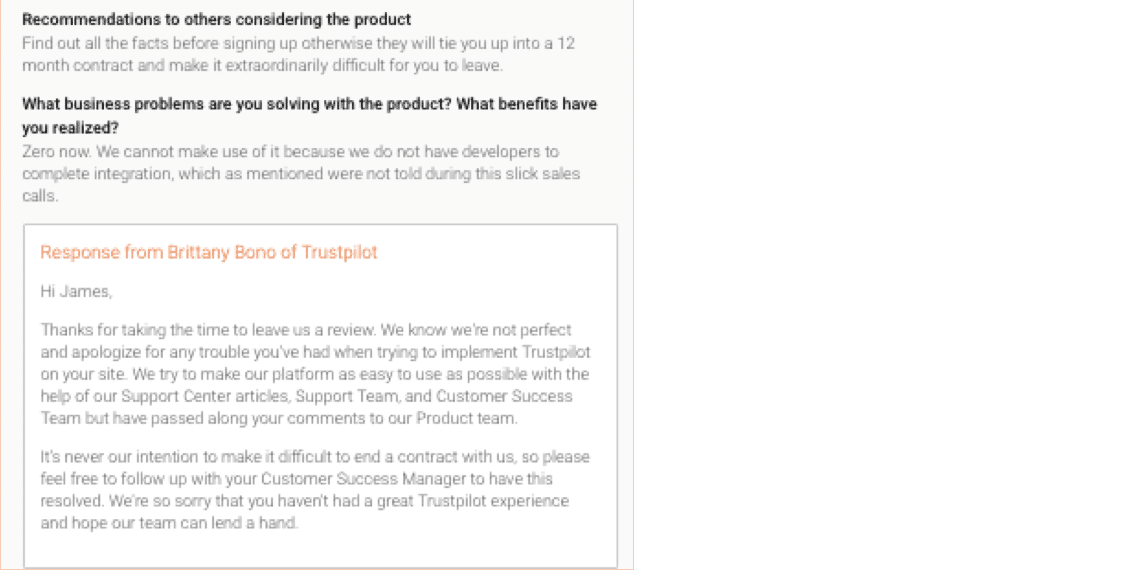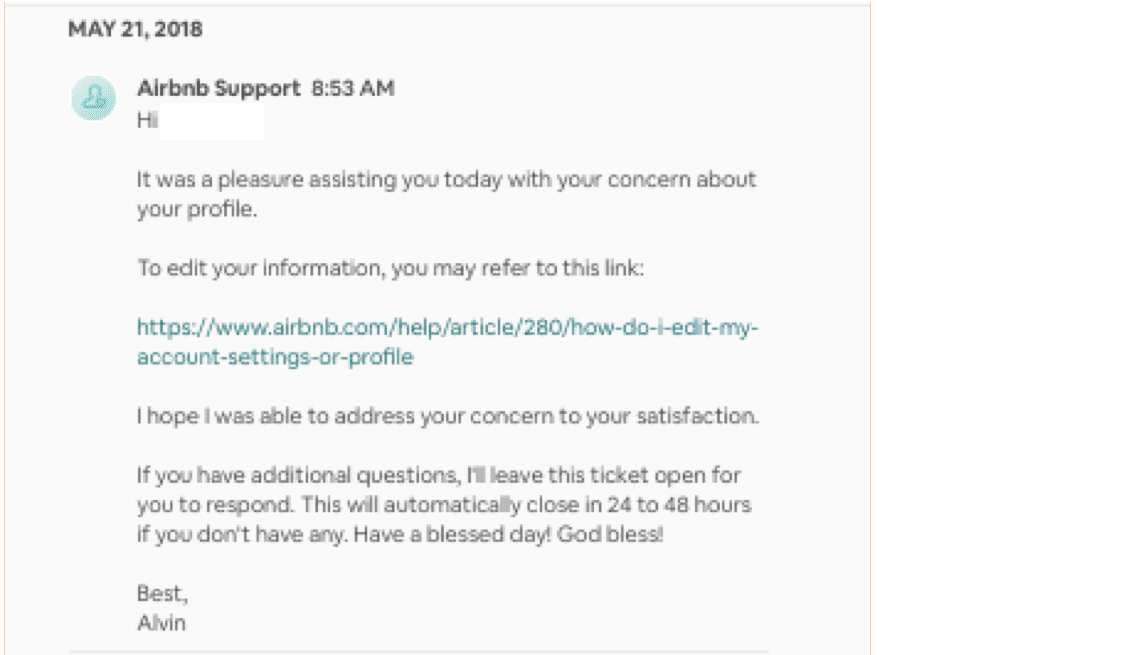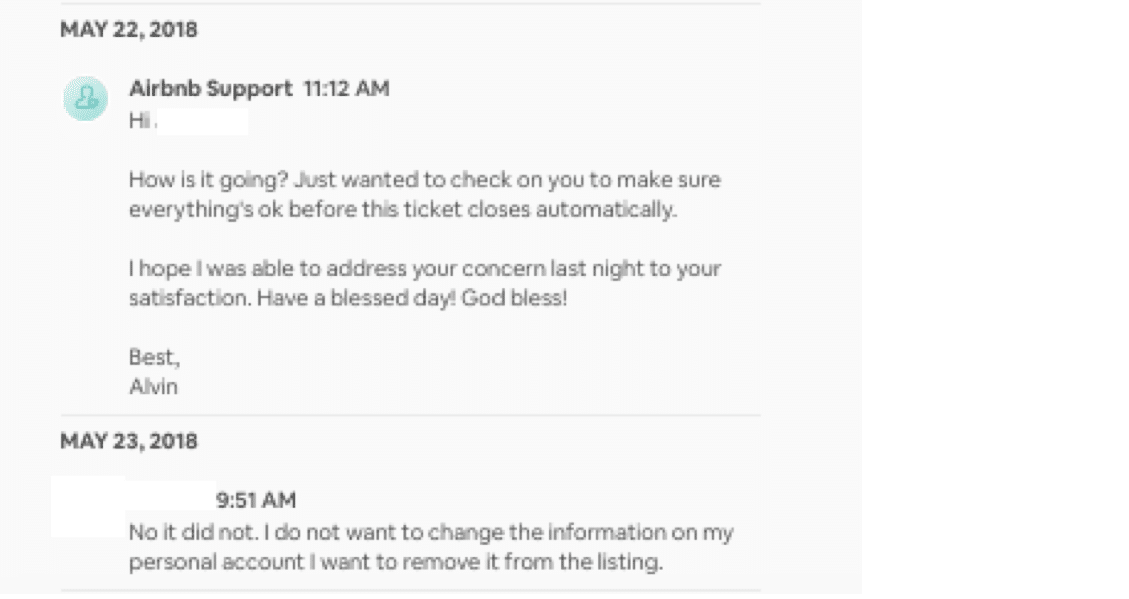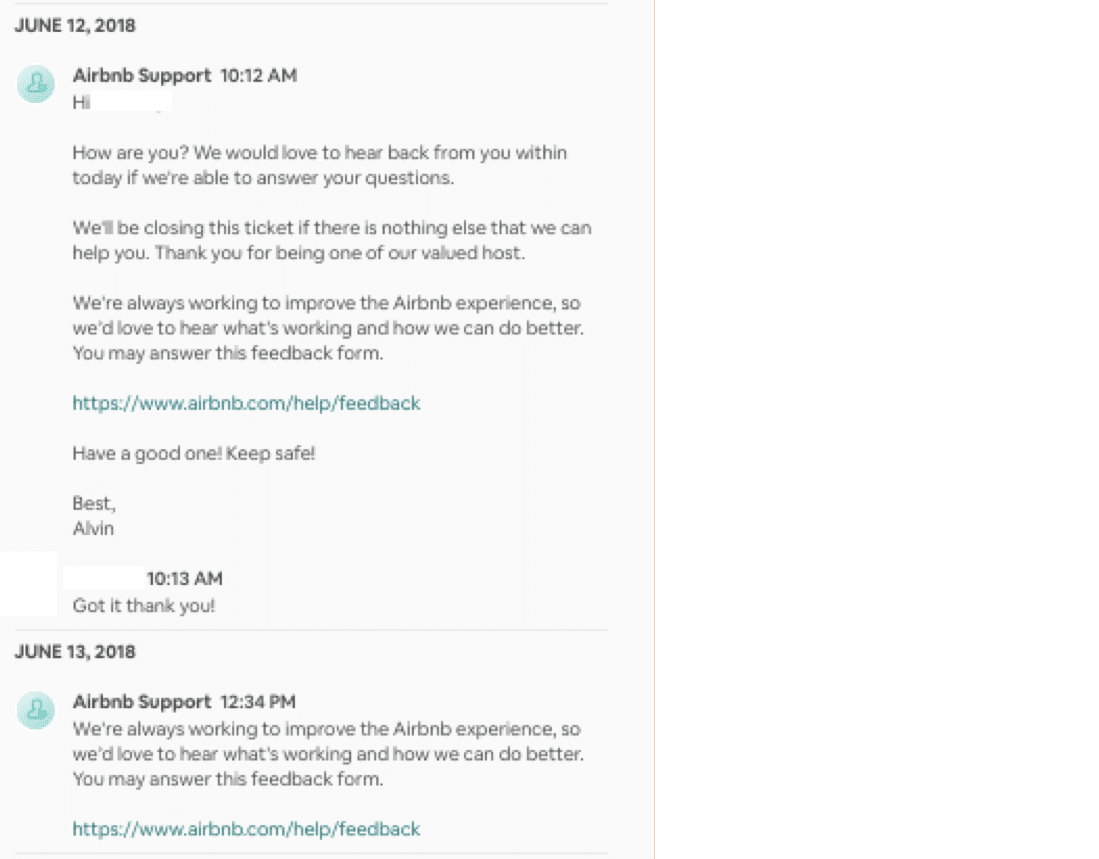No matter how great your business is or how well your staff does their job, there will inevitably be times when you don’t meet your customer’s expectations. Bad reviews are just a part of life these days, especially considering the fact that customers are 21 percent more likely to post negative feedback than a positive review.
The great news is that you don’t necessarily need to dread a few negative reviews here and there. According to Bright Local’s study, customers prefer to see a mix of good and bad ratings because it makes your brand seem more genuine and trustworthy. However, the way that you handle bad reviews matters a lot, too.
Ignoring or suppressing negative sentiment can be extremely detrimental to your brand’s reputation. This same report also found that nearly 90 percent of customers actually read company responses to reviews, and this helps to form their opinion about the brand.
When it comes to managing online reviews, it is important that your team understands how to handle negative feedback in a way that diminishes negative sentiment from festering any further. Here’s what to do.
Know how to issue a proper apology
If your company is at fault in any situation, it is important to issue an apology to the customer. However, there is nothing worse than a generic “oops we’re sorry” response from a company when they mess up. Customers want answers and action—not just an apology.
This becomes really tricky when you do not think that your business is the one at fault. However, consumers are going to see right through a sarcastic or insincere response, even if you did nothing wrong. This is why it is important to master the art of a proper apology. Start off by acknowledging the customer’s experience and expressing empathy. Then offer an explanation if applicable. Finally, it is best to end an apology with a promise of action, whether it be an offer for a refund, exchange, or simply sending an email address so that the customer can get in touch with the service department directly.
Offering meaningful apologies with clear calls-to-action is not always easy. Here is a good example of how Trustpilot responded to one of their customer reviews.
If a customer leaves a scathing review, start off by thanking them for taking the time to write some feedback. Then, connect with the person by sharing empathy regarding the situation. From here, try to explain the gravity of the scenario while providing logical means to resolve the issue. In the example above, the support member explained that this situation is out of the norm and offered to do everything in their power to make it right by sending the information to the appropriate departments. This kind of response shows the reviewer that the business truly cares about their situation and empathizes with them.
Follow through and follow up
In addition to making a promise that things will change or that a customer service rep will reach out, it is important that you are going the extra mile to ensure that these promises are being fulfilled. Follow up with the customer a few days later to see if anything has changed or if they still require further assistance.
Be sure to ask some questions that can help pinpoint the exact ways your team can resolve the situation, such as:
- Did they receive a replacement or was a technical issue resolved?
- How has their experience been since then?
- Is there anything else that needs attention?
Airbnb’s support team does a great job with a thorough follow up after a customer service interaction.
After a phone call was placed, the Airbnb support team member sent a message to see if the issue had been resolved. 24 hours later, the same support team member followed up to see if the problem had been fixed. In this case, it had not, so further assistance was needed. Once the problem was officially resolved, Airbnb followed up once again to make sure that the user had no more issues or questions.
Being thorough in your follow up process is critical to turn around negative sentiment. In most cases, customers will reach out to support when they are frustrated. By following up after some time has passed, their anger will most likely have subsided. You may even want to ask them to change their review and update it if the company has done all that it can to improve their experience.
Make it public and private
Issuing a public response can help your brand “save face” and establish a positive reputation. Remember, customers are looking to see how brands respond to negative feedback, so be sure to issue a public response as quickly as possible. Social media is quickly becoming a popular platform for these kinds of instant brand interactions, as 67% of customers have used Facebook and Twitter to contact customer service, and 33% say that social media is their preferred form of contact for support.
Some companies thrive on these social media interactions and use them to their advantage. Southwest Airlines often interacts with customers publicly on their Twitter account to resolve issues. While this certainly helped Southwest’s brand sentiment (and stirred up some great PR), this kind of situation is an exception – not the rule.
On the flip side, social media can also be a terrible place to handle customer service issues. It can lead to long, frustrated, and extremely public rants, such as this interaction between a Twitter user and British Airways. While the company apologized right away, they did not reach out privately to the person to resolve the problem as they should have.
Often times, there is no need to handle the entire situation publicly, especially if the customer is extremely frustrated. Offer to send a direct message to the customer, or provide them with an email address to handle the matter privately to avoid any public tirades.
Conclusion
No company is perfect, and there are certainly some customers out there who will never be completely satisfied. Since you cannot avoid negative sentiment from time-to-time, it is important to know how to handle these situations in a way that supports a positive brand reputation. Be sure to empathize and apologize sincerely, and always offer some sort of assistance for resolution. Always follow up to make sure that a customer is totally satisfied.
Be careful with public interactions. Try to handle the majority of customer issues privately and keep public communication to a minimum to maintain control of the situation.











